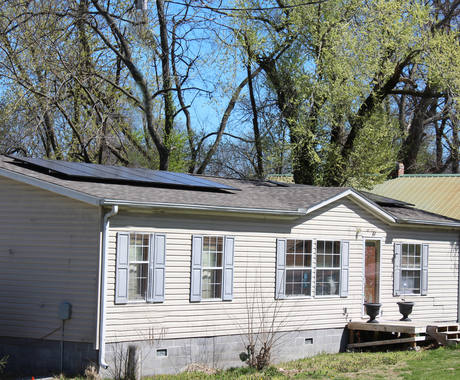Lending
The most effective development strategy for rural communities is small entrepreneurship – locally-owned and operated small businesses.
The first step in creating a small business is having a great idea. Next is writing a good business plan to help you make superior business decisions. Business plans are also crucial to obtain financing.
Think of a business plan as a resume for your business that should be written down and formalized. In general, it contains:
- Executive summary: a concise overview of the entire plan.
- Market analysis: a description and outlook of your industry, target market, and market test results, if available; lead times for your product or service; and evaluation of your competition.
- Company description: the nature of your business, as well as the factors you believe will make your business a success.
- Organization and management: the organizational structure and details about ownership, delineating roles and responsibilities.
- Marketing and sales management: the marketing strategy (market penetration, business growth, distribution channels, and customer communication) and the business sales strategy (sales force and sales activities).
- Service or product line: a description of products or services; copyright and patent information; and research and development activities you have done or will do.
- Funding request: current and future funding needs, how you will use these funds, and any plans that will affect future funding needs.
- Financials: historical financial data (income statements, balance sheets, and cash flow statements); prospective financial data (pro forma income statements, balance sheets, and cash flow statements); and capital expenditure budgets for any major investments.
- Appendix: any additional information. This may include credit history, product pictures, letters of reference, legal documents, and a list of your attorney and accountant.
For more small business resources, visit cfra.org/small-business.





